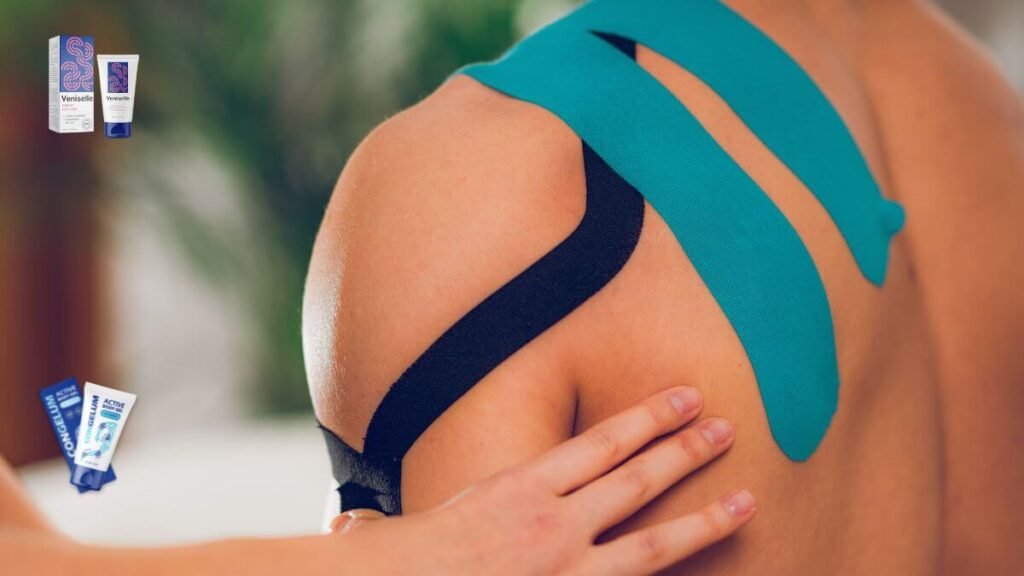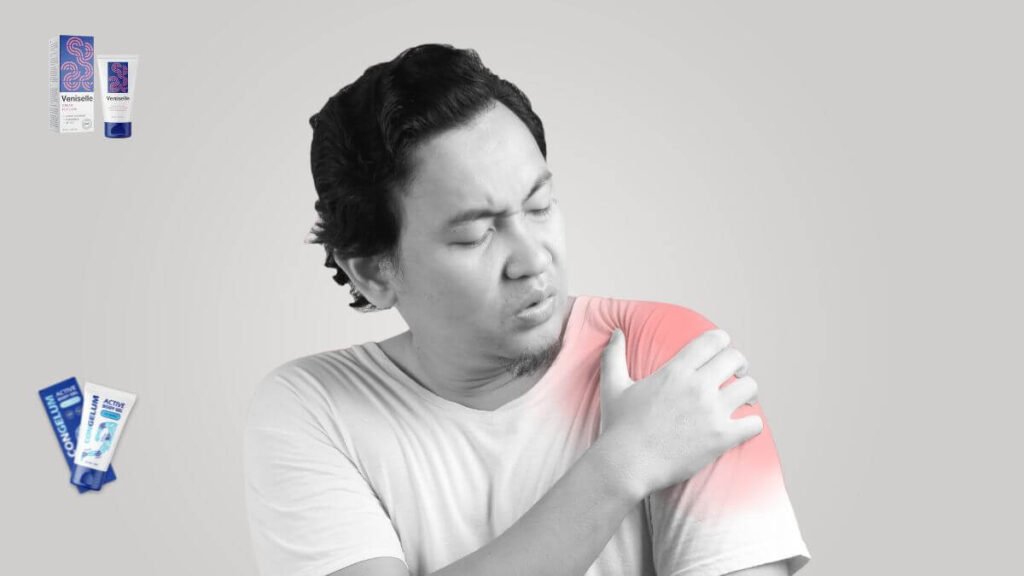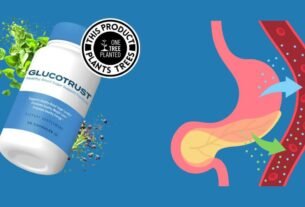Getting Started: ICD 10 Code for Pain in Left Shoulder
Shoulder pain, especially on the left side, is an experience many people can relate to. It often begins as a dull ache but can quickly escalate to a sharp, debilitating pain, making daily activities such as lifting, reaching, or even sleeping difficult. If you’re here looking for the ICD 10 code for pain in left shoulder, you’re on the right track. Understanding the cause of your shoulder pain and the diagnostic codes can be an essential part of managing and treating it effectively. ICD 10 Code for Pain in Left Shoulder
Discover our natural products store: SALE SUPRA
Discover the power of VENISELLE & CONGELUM
Whether you’ve been suffering from shoulder pain for a few days or it’s been an ongoing issue, identifying the underlying cause is the first step toward finding relief. In this comprehensive guide, we’ll break down the details surrounding the ICD 10 code for pain in left shoulder, dive into the potential causes of pain, explore the symptoms, and discuss various treatments. Additionally, we’ll explore some supplementary solutions such as Veniselle and Congelum, which may offer additional relief alongside traditional treatment methods.
By the end of this article, you will have a clearer understanding of what your pain could mean, what options are available to you, and how to take the next steps toward healing. ICD 10 Code for Pain in Left Shoulder
What is the ICD 10 Code for Pain in Left Shoulder?

If you’ve ever been to a healthcare provider with left shoulder pain, you may have heard them mention the ICD 10 code for pain in left shoulder. But what exactly does that mean?
The ICD 10 (International Classification of Diseases, 10th Edition) is a standardized system used by healthcare providers around the world to classify and document all diseases, conditions, and symptoms. The ICD 10 code for a specific ailment helps your doctor diagnose and communicate the nature of the condition. This code is crucial for accurate billing, diagnosis tracking, and treatment planning.
When it comes to shoulder pain, there are several ICD 10 codes that may be applicable based on the specific diagnosis: ICD 10 Code for Pain in Left Shoulder
- M25.512: This is the code for pain in the left shoulder.
- M75.1: This code refers to rotator cuff syndrome, one of the most common causes of shoulder pain.
- M54.5: While this code refers to low back pain, it can also be used in cases where pain radiates from the lower back to the shoulder.
Doctors use these codes to ensure they’re addressing the correct condition and to provide appropriate treatment. But remember, the code itself is only a starting point in the journey to healing. Let’s now delve into the common causes of left shoulder pain and how it can manifest. ICD 10 Code for Pain in Left Shoulder
Understanding the Causes of Pain in Left Shoulder

What Causes Left Shoulder Pain?
Shoulder pain can have multiple causes, ranging from mild strains to more serious conditions like rotator cuff tears or even heart problems. By understanding the root cause, you can ensure that you receive the right treatment for your specific situation. Below are some of the most common causes of pain in the left shoulder: ICD 10 Code for Pain in Left Shoulder
1. Rotator Cuff Injuries
The rotator cuff is a group of muscles and tendons surrounding the shoulder joint. These muscles help stabilize the shoulder and enable a wide range of motion. When the rotator cuff is injured, either through overuse or direct trauma, it can result in inflammation, tears, or tendinitis, leading to pain and weakness in the shoulder.
Rotator cuff injuries are common in athletes who perform overhead motions, such as swimmers, tennis players, and baseball pitchers. However, they can also affect people in other professions who perform repetitive overhead tasks, such as painters or construction workers. This injury often leads to limited mobility and pain that worsens when lifting the arm.
2. Frozen Shoulder (Adhesive Capsulitis)
Frozen shoulder occurs when the capsule surrounding the shoulder joint becomes thickened and inflamed, causing pain and stiffness. It is often linked to extended periods of shoulder immobility, such as after an injury or surgery. The condition typically progresses through three stages: freezing (pain and limited range of motion), frozen (stiffness and significant loss of mobility), and thawing (gradual improvement in movement).
Frozen shoulder is more common in people between 40 and 60 years old and is often seen in those with diabetes or other health conditions that affect joint health.
3. Shoulder Impingement Syndrome
Shoulder impingement happens when the tendons of the rotator cuff become pinched or compressed between the bones of the shoulder during movement. This condition typically results in pain, especially when raising the arm or reaching overhead. Overhead activities like lifting or throwing increase the risk of impingement, which often leads to inflammation, pain, and reduced flexibility.
4. Heart Conditions
One of the more alarming causes of left shoulder pain is a heart condition, such as a heart attack or angina (chest pain caused by reduced blood flow to the heart). While most people associate chest pain with heart problems, it’s important to note that this discomfort can sometimes radiate to the left shoulder, arm, neck, or jaw. If your left shoulder pain is accompanied by tightness in the chest, shortness of breath, or lightheadedness, seek immediate medical help, as it could indicate a serious heart condition.
5. Arthritis
Arthritis is a condition that involves inflammation of the joints, and it can affect the shoulder joint. Two primary types of arthritis can cause shoulder pain:
- Osteoarthritis: A degenerative joint disease that occurs when the cartilage protecting the bones in the shoulder wears away, causing the bones to rub together, leading to pain, stiffness, and swelling.
- Rheumatoid Arthritis: An autoimmune condition that causes inflammation in the joints, including the shoulder. This inflammation can result in pain, swelling, and reduced movement in the shoulder joint.
Both types of arthritis can significantly impact the quality of life and require appropriate treatment to manage symptoms effectively. ICD 10 Code for Pain in Left Shoulder
Recognizing Symptoms of Pain in Left Shoulder

Common Symptoms of Left Shoulder Pain
Shoulder pain can vary in intensity, duration, and frequency, depending on the cause. Recognizing specific symptoms can help identify the condition and determine the best course of action. Here are some common symptoms to look out for: ICD 10 Code for Pain in Left Shoulder
1. Pain During Movement
If you experience pain when raising your arm or performing overhead movements, it could indicate rotator cuff damage, shoulder impingement, or a frozen shoulder. The pain might be sharp or a dull ache, depending on the severity of the injury.
2. Swelling and Tenderness
Swelling and tenderness around the shoulder joint are often associated with conditions like tendonitis, arthritis, or rotator cuff tears. Inflammatory conditions cause the tissues around the joint to swell, making it sensitive to the touch.
3. Limited Range of Motion
One of the most frustrating symptoms of shoulder pain is the restriction of movement. Conditions like frozen shoulder or rotator cuff injuries can make it difficult to perform tasks that require full range of motion, such as reaching behind your back or lifting your arm overhead.
4. Shoulder Weakness
If lifting objects becomes difficult or your shoulder feels weak when performing simple tasks, it could be a sign of a rotator cuff injury, muscle strain, or arthritis. This weakness often occurs along with pain and stiffness in the shoulder joint.
5. Numbness or Tingling
Numbness or tingling sensations that radiate down the arm or into the hand can signal nerve compression. This can be caused by herniated discs in the neck or impingement of the nerves that serve the shoulder. If you experience these symptoms along with pain, it’s important to seek medical advice as nerve damage may be a factor.
Treatment Options for Pain in Left Shoulder

Treatment Options for Left Shoulder Pain
Once the cause of your left shoulder pain has been diagnosed, there are several treatment approaches you can explore to relieve the discomfort and improve mobility. Below are the most common treatment options:
1. Physical Therapy
Physical therapy is often the first line of treatment for shoulder pain, especially when it’s caused by rotator cuff injuries, frozen shoulder, or tendonitis. A trained physical therapist will guide you through a series of exercises to strengthen the muscles surrounding the shoulder joint, improve flexibility, and restore range of motion.
2. Medications
Over-the-counter pain relievers like ibuprofen and acetaminophen can help manage mild to moderate pain and inflammation. If the pain is more severe, your doctor might prescribe corticosteroid injections to reduce inflammation directly in the shoulder joint or muscle relaxants to ease muscle spasms.
3. Surgery
In cases of severe rotator cuff tears, frozen shoulder that does not improve with therapy, or significant arthritis, surgery may be necessary. Common surgical options include arthroscopic procedures to repair tears or remove damaged tissue. Joint replacement surgery may be considered for advanced arthritis cases. ICD 10 Code for Pain in Left Shoulder
4. Alternative Supplements: Veniselle and Congelum
For those seeking natural alternatives to support recovery, Veniselle and Congelum can be excellent additions to your treatment plan. Veniselle is formulated to reduce inflammation, support blood circulation, and alleviate pain, while Congelum promotes joint health and helps with cartilage repair. Both supplements can complement your physical therapy and medication regimen, offering a holistic approach to managing shoulder pain.
Prevention Tips for Pain in Left Shoulder
How to Prevent Shoulder Pain
While it’s not always possible to prevent shoulder injuries, there are several measures you can take to reduce your risk: ICD 10 Code for Pain in Left Shoulder
1. Maintain Proper Posture
Good posture is crucial in preventing shoulder pain. Ensure that your workstation is ergonomically designed and that you avoid slouching. Proper posture helps keep the shoulder joint in its correct alignment, reducing the risk of strain.
2. Strengthen Shoulder Muscles
Regular strength training, particularly exercises for the rotator cuff and upper back muscles, helps stabilize the shoulder joint and prevent injuries. Focus on exercises that improve flexibility, strength, and endurance to reduce the risk of muscle imbalances.
3. Avoid Overhead Strain
Avoid repetitive overhead motions, especially if they involve lifting heavy weights. If you need to perform overhead tasks, use proper technique and take breaks to avoid overloading your shoulder muscles.
4. Stretch Regularly
Incorporating stretching into your routine can help keep the shoulder muscles flexible and reduce stiffness. Stretching can also enhance range of motion, helping prevent injuries that result from tight muscles.

The Final Takeaway
In conclusion, understanding the ICD 10 code for pain in left shoulder is just the first step in addressing shoulder pain. Identifying the cause — whether it’s rotator cuff injuries, arthritis, or even heart-related issues — allows for more targeted treatment. While traditional methods like physical therapy and medication are effective, incorporating natural alternatives like Veniselle and Congelum can provide additional support for joint health and pain relief. ICD 10 Code for Pain in Left Shoulder
By paying attention to the symptoms and seeking the right treatment, you can reduce your discomfort and improve your shoulder function. Whether through physical therapy, medication, or supplementation, the key to recovery is understanding your condition and taking proactive steps to address it. ICD 10 Code for Pain in Left Shoulder
Discover our natural products store: SALE SUPRA
Discover the power of VENISELLE & CONGELUM
FAQ – Frequently Asked Questions
What is the ICD 10 code for pain in left shoulder?
The ICD 10 code for pain in the left shoulder is M25.512. Other related codes, such as M75.1, may apply for specific conditions like rotator cuff syndrome. ICD 10 Code for Pain in Left Shoulder
Can left shoulder pain be caused by a heart attack?
Yes, left shoulder pain can sometimes indicate a heart attack, particularly if accompanied by chest pain, shortness of breath, or sweating. Seek immediate medical attention if you suspect a heart attack. ICD 10 Code for Pain in Left Shoulder
What are some at-home remedies for left shoulder pain?
Rest, ice packs, over-the-counter pain relievers, and gentle stretches can help alleviate left shoulder pain at home. However, persistent pain should be evaluated by a healthcare provider. ICD 10 Code for Pain in Left Shoulder
How does physical therapy help with left shoulder pain?
Physical therapy focuses on restoring the shoulder’s range of motion, strengthening the muscles around the joint, and improving overall mobility. It’s often the first line of treatment for conditions like rotator cuff injuries and frozen shoulder. ICD 10 Code for Pain in Left Shoulder
What is Veniselle and Congelum?
Veniselle and Congelum are natural supplements designed to help reduce inflammation and support joint health. They can be useful for those managing chronic shoulder pain, but should be used alongside conventional treatments.
Is surgery necessary for left shoulder pain?
Surgery may be required in cases of severe shoulder injuries, like a torn rotator cuff or advanced arthritis, especially when conservative treatments have failed.

I’m an economist with 15 years of experience in strategic planning and a lifelong passion for wellness and natural living. As a self-learner, I created Herbalife Balance to share insights on healthy eating, mindful habits, and an active lifestyle. Tennis enthusiast and nature lover, I believe in balance as a path to well-being. Through this blog, I help others live healthier, more conscious lives.









